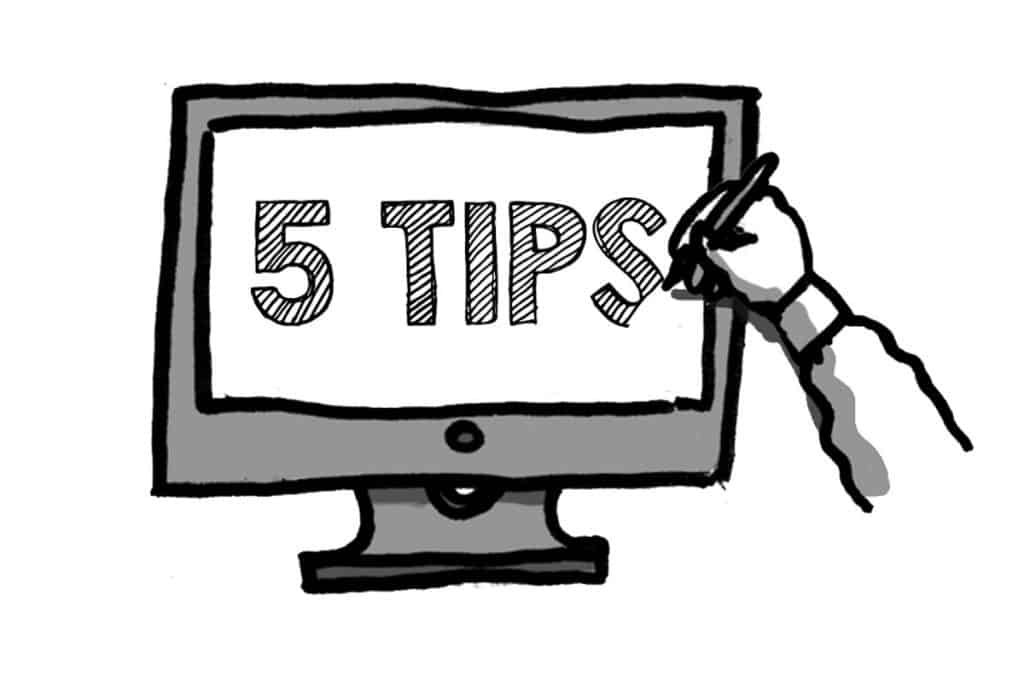In the past three years of my professional career, I’ve been searching and working towards finding the right kind of role for someone like me. I use the phrase ‘someone like me’ because I imagine there are a lot of UX Mastery readers who feel like they don’t quite fit into just one category.
Chances are, if you’re interested in user experience design, you’re probably some type of hybrid. A hybrid in the way you think – equal parts creatively and intellectually. A hybrid in the way that you don’t want to be given a brief, but you want to help design the brief. And a hybrid in the way that you’re interested in far too many things to tie yourself down to being purely a designer, developer, researcher, and so on. This feeling of being pulled in so many directions has led me to interaction design.
Before I continue, I should probably explain what I mean by “interaction designer” (or IxD for short). The term is somewhat arbitrary, as are most role titles under the UX design umbrella. In short, it refers to a designer who focuses on interactive mediums such as digital devices, websites and apps. An interaction designer does this by using UX skills to create a design that puts functionality and usability at its core. From there, they might either pass the creative design onto a digital designer to craft, or in a more entry level job they will more likely do the design themselves as well.
An interaction design role is sometimes mistakenly referred to as a UX/UI Designer. This is often used in job ads a little too liberally, in the same way that companies sometimes unknowingly ask for a designer/developer. UX and UI are different skills, and to be experts in both areas takes many years of diligent experience.
Are you still interested? Want to know more about becoming an IxD designer? Excellent! Read on for my top 5 tips on how to transition into this type of role.
Seek out the skills you’re missing and fill those gaps on your own
I often hear people complain that they can’t get a job in interaction design because all jobs require a minimum level of experience. There’s a simple way around this: start to incorporate UX processes into your current graphic or digital design work. Then, when you see a job ad that requires the experience, you’ll already have that talking point and folio.
In a later article I will talk about how to unpack job ads to find your missing skills. But in the meantime, I highly recommend reading UX Mastery’s Get started in UX ebook. In particular, the sections on peers and mentorship echo a lot of my own experiences.
In addition, I recommend doing online courses with the Interaction Design Foundation, for a small yearly fee you can do as many online courses as you like.
Use instinct and a fine-toothed comb
New designers often find that they get to a point with their design where they can’t progress any further. It’s a special skill to learn how to keep moving and iterate your designs for the better. This might include conducting rapid prototyping to find the flaws, followed by user testing in the later stages of design. Ask your boss to build in research, prototyping and testing into the project.
You may need to work some overtime initially until the experience pays off and you can get to a better solution faster.
Meet as many people in the industry as possible
Get over your insecurities and reach out to people via email or Linkedin for a coffee and a chat. Be mindful that if you decide to do this, it’s important to do your research first. Have a good understanding of their role and where they work before you meet with them. That way, you’re able to demonstrate your understanding of the industry and their particular place within that industry.
Make sure you prepare some questions so they don’t feel like they have to lead the whole conversation.
Another way to meet people is to sign up to email newsletters for UX or other related groups in your city. Make a pact with yourself to go to any talk or meetup that they hold.
Some good ones I go to are the UX Book Club, Ladies That UX, Carlton Connect (Melbourne) and General Assembly.
Learn to verbalise your thoughts on the subject
Learn how to talk confidently about UX. User experience designers are known for their communication skills. Practise verbalising your thoughts on the journey you took to create your work and why you have designed something in a specific way.
It’s very natural to start off by standing back and allowing your boss or client to interpret your work for themselves. For instance, you may think that it doesn’t need any explanation to be able to understand it. But as an interaction designer, your role is to combine research, thought, design and intuition into a functional solution that answers the core problem. It’s important that you can explain your process so that others can understand why your solution is the best possible solution.
This is a skill that can take years, so start working on this as early as possible.
Take criticism openly and humbly
This one is incredibly important, but doesn’t come naturally to a lot of people. If you are lucky enough to find a mentor, allow them to speak frankly with you about your work and take on board everything they say, at least until you have given their recommendations a try. You may find their suggestions don’t work for you, but more times than not you’ll learn something from the process. Remember, IxD design is a specialty that comes with experience.
If this resonated with you, let me know in the comments! I’ll aim to answer any questions about how to utilise these skills in your own career.

